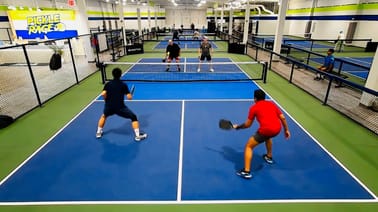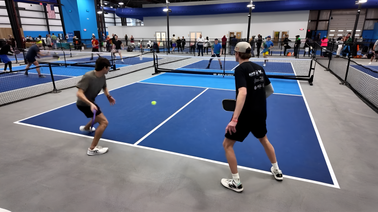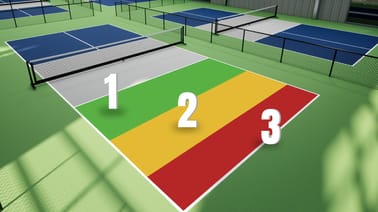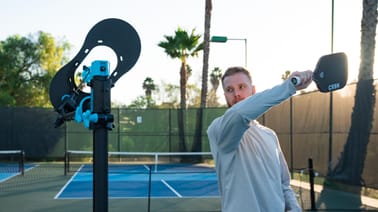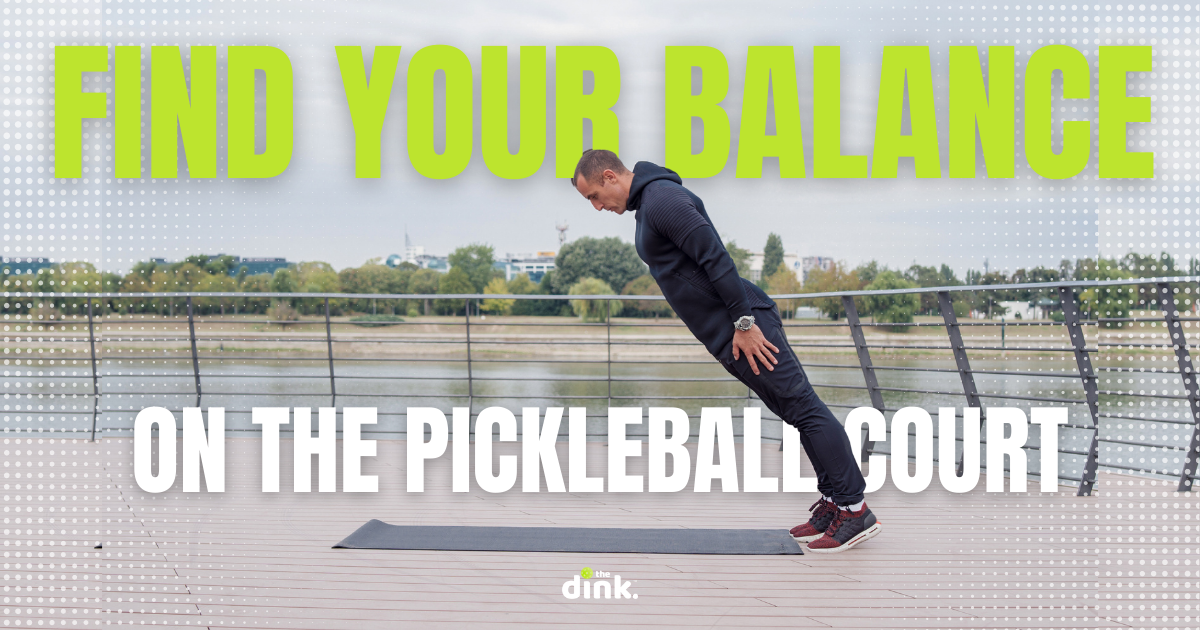
Balance is an essential component of any athletic activity and the function of our everyday lives. The ability to correct our imbalances in our movement is critical for injury prevention when we deviate away from our center of gravity. Presentations of imbalance could occur when picking up objects from the ground that are in front or to the side of our body. Somewhere along the line, we have to interact with people younger than us throughout our recreational athletic careers.
As Pickleball develops, our community becomes more athletic
In the case of going out to play a few games of Pickleball on Saturday morning, this will be a progressively recurring scenario as the sport expands to a younger population. The influx of teenagers, former competitive paddle and racket sport athletes from a collegiate or club level setting, and recreational athletes who are years more youthful and beaming with exuberance are making their way onto the courts. Whether it’s playing catch with our kids, chasing our favorite niece or nephew around a playground, coaching youth sports, or showing a rookie youngster who's boss on the Pickleball court, balance is critical to the success of our athletic experiences.
We’re just little kids out on the court
Pickleball isn’t much different than our interactions with our vibrant little companions we chase around the playgrounds. Depending on the maturity level of certain opponents across the net, the spectrum of what defines “little kid” might not be too far off from someone who is still around your age. The other day during a DUPR rated round-robin a player thought he was head of the USA Pickleball referee committee. He took up calling line calls and questioning the other players “out” calls. You can imagine, tension was palatable in the air.
GET 10% OFF YOUR CRBN FROM FROMUTHPICKLEBALL.COM USING THE CODE 10DINK

We move quite a bit on the court
Regardless of the continuum of sociological maturity, Pickleball introduces dynamics we once embraced as kids: team sports, competition, and running around rampantly with our peers in raucous laughter. A hiatus of ten, twenty, or even thirty years of no participation in a competitive sport setting sets the tone for issues to arise that can halt the enjoyment of this game. This means, up to thirty years of the ability to athletically perform may have been in a dormant hibernation. Our body can forget how to move athletically when we lay off playing competitive athletic activity.
Pickleball is an athletically demanding sport
For Pickleball lovers, organizing a foursome and playing Pickleball for three sets of best two out of three games is a potent ingredient to produce the time of our lives. However, this is a long- and strenuous-time frame requiring physical endurance and athleticism. If we want to enjoy nine to ten games of Pickleball efficiently, our fitness levels are critically important. In addition, endurance and injury prevention are among the most important pillars that hold up our Pickleball performance.
Pickleball specific balance
Let’s not forget about balance. Center of gravity, change of direction, and stability not only influence us to hit clean and precise shots, but optimal balance also contributes to less unnecessary movements. If we can shave off actions that slow down our movements, we demonstrate proficient and refined techniques while expending less energy.
Balance training: Lateral Split Squats
The lateral split squat is one of the most basic techniques we teach our Pickleball students in our strength and conditioning coaching sessions to consistently practice throughout a standard warmup routine before engaging in an outing of Pickleball. This technique starts off in a wide lateral stance that emulates a common position we find ourselves in during games. Refer to the image and cues below:
By assuming this wide stance, front to back and side to side movements become challenging. However, this is a position many Pickleball players find themselves in regularly in a game. Practicing this movement aids in large, lunge-like steps toward the ball when reaching to the outside of the body for dinks and defensive reset shots when pulled wide to retrieve an aggressive dink directed away from your position.
Lateral lower extremity exercises decrease the likelihood of injury
Additionally, by consistently practicing these lateral movements while the legs are abducted away from a normal standing position, the adductor muscles of the inner thigh, tendons, and ligaments that circumference the ankles, knee, and hip joints become strengthened over time. The reinforcement of the inner thigh's adductors contributes to the structural integrity of the knee and ankles. The ability to stretch a little further and decrease two or three choppy steps toward an aggressively hit ball allows for more efficient movement to skillfully hit a ball with control while also reducing the likelihood of injury to the ankles, knees, and hips.
Pickleball requires dexterity, precision, and coordination to direct the ball to our desired location. Let’s remember that side-to-side balance, injury prevention, and decreasing unnecessary movements are critical for the success of our Pickleball journey. Make sure to include balance exercises into your fitness routine on your journey to become an elite Pickleball player.
WRITTEN BY DINK CONTRIBUTOR: SEAN MCCAWLEY
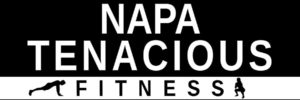
Owner and Founder of Napa Tenacious Fitness


